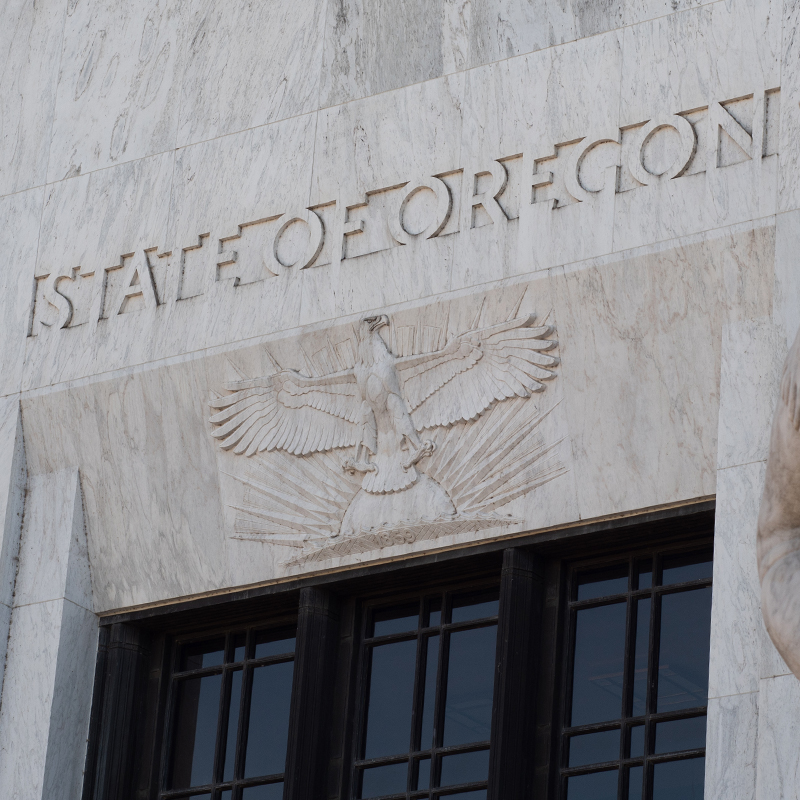Starting a state-run program could result in private-sector employers dropping their existing retirement benefit plans, warned some soothsayers. Not so, says an industry expert.
Kim Olson, Senior Officer of the Pew Charitable Trusts’ Retirement Savings Project took issue with such doom and gloom in a recent International Foundation of Employee Benefit Plans (IFEBP) “Talking Benefits” podcast. Olson and Christine Cheng, Director of the Illinois Secure Choice program, joined moderator Julie Stich, Vice President, Content at the IFEBP, to share their perspectives on state-run plans.
They heard such sentiments in the early days of state programs, Olson told Stich. To see if there was such an effect, Olson said that the IFEBP looked at Form 5500 data from years immediately before and after Oregon, California, and Illinois put their programs in place and they began functioning.
In all three states, said Olson, there was an increase in private employer retirement plan adoption immediately after the respective registration deadline. At the same time, the feared plan terminations actually remained at or below the national average.
“We’re seeing kind of a lasting effect on the private plan market. It really does appear that state deadlines are appearing as a decision point for the private employer,” remarked Olson, adding that state programs “really are complementary, not in competition,” with private-sector employer retirement plans.
From 10,000 Feet Up
“The central issue we’re trying to address is, ‘How do we address the looming retirement crisis?,’” said Cheng of state-run retirement plans like the one she runs that provide coverage to private-sector employees whose employers do not. 
Lack of retirement savings is serious for individuals, but also for society on a macro level, said Cheng. Olson put that in more concrete terms, noting that retirement income shortfalls have a significant effect on federal and state budgets—to the tune of $1.3 trillion in the next 20 years, including $330 billion in costs for the states.
“We’re in the middle of a demographic shift,” Olson added, offering reasons that help explain why the projections are so serious. She said that the number of people who are age 65 and older will be rising sharply, while the number of people in the workforce will be dropping. “If we do nothing, the costs to state and federal budgets are going to be immense.”
“States have taken it upon themselves” to take this step in the absence of federal action, she continued. Stich noted that by June of 2023, 19 states and two major cities had either implemented such a plan or had one in the works.
Employers’ Role
Cheng remarked that one of the initial concerns they heard in Illinois regarding Illinois Secure Choice is that it would put too big a burden on employers. But those fears have not come to fruition, she indicated, remarking, “we haven’t seen that.” Cheng said that the burden Illinois Secure Choice puts on employers, and their role in the program, is light.
So what is an employer’s role with a retirement plan that a state makes available for private-sector employees? Olson said an employer’s main tasks include:
- registering for the program;
- uploading a roster of eligible employees;
- doing payroll reductions each pay period and remitting contributions to the program administrator; and
- conducting maintenance on the roster of eligible employees.
 in addition, the Pew Charitable Trusts found strong employer support for Oregon Saves in two surveys it conducted. Olson said they found that almost three-quarters of the Oregon employers they surveyed in 2019-2020 and 2020-2021—73%—said they were satisfied with the program or were at least neutral about it.
in addition, the Pew Charitable Trusts found strong employer support for Oregon Saves in two surveys it conducted. Olson said they found that almost three-quarters of the Oregon employers they surveyed in 2019-2020 and 2020-2021—73%—said they were satisfied with the program or were at least neutral about it.
Sentiment in favor of Oregon’s program was even stronger among small employers in that state; Olson said that nearly all the small employers they approached—95%—felt that way. "These are “really impressive findings, especially for a government program,” said Olson.
Cheng underscored the importance of small employers to state programs like hers, remarking that in 2023, the final onboarding wave for Illinois Secure Choice is taking place—that in which employers with 5-15 employees in 2022 are to register with Illinois Secure Choice if they do not have a retirement plan of their own. That is especially significant, she indicated, because that is the largest segment of employers in the Prairie State.
The Bottom Line
“By creating a system in which every employer has to offer something, we create a floor,” remarked Olson. “What you’re seeing with these programs is there was a desire to save, but the mechanism wasn’t there. These programs have opened the door for savers to have a way to do it and achieve those retirement goals that they have,” Cheng added.
“Everyone deserves a chance to secure their future. Everyone deserves a chance to retire with dignity,” said Cheng.
- Log in to post comments
